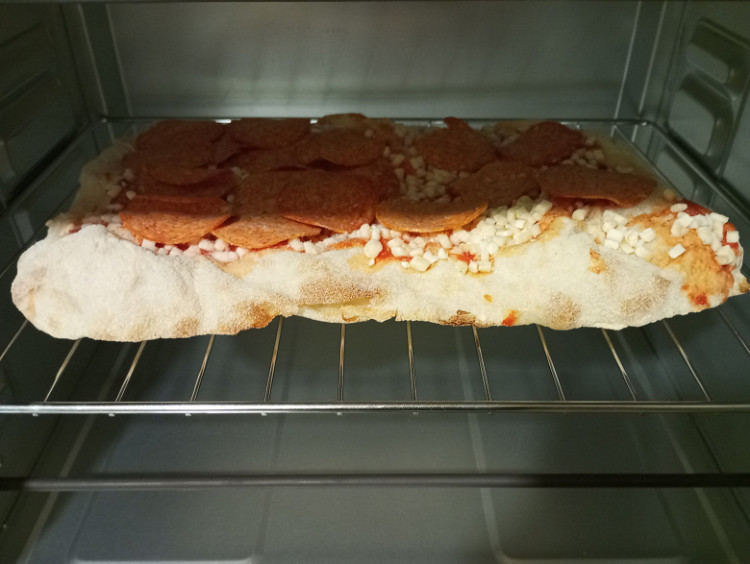If you've ever enjoyed authentic Italian pizza baked in a real rustic oven, you'll probably realize that it's difficult to replicate at home. We may not be able to achieve absolute perfection, but with modern kitchen appliances it is quite possible to achieve outstanding results, as we have seen time and again.
Ovens and mini-ovens: modes, programs, functions for pizza
Of course, cooking pizza is possible in almost any normally functioning oven, including mini-ovens. In an electric oven, it is recommended to use bottom and top heating to cook pizza, and turn on convection only at the last moment to avoid drying out the thin dough. Air fryers that use turbo convection may not be as good for cooking pizza. In modern gas ovens equipped with a grill, you can turn on the grill at the end of the cooking process. When choosing an oven, it is recommended to pay attention to the presence of these functions, especially if you are a pizza connoisseur.
An important aspect of properly cooking pizza is the oven's ability to heat up quickly and efficiently. Modern models allow you to set the temperature in the range of 190-200 to 300 degrees, which satisfies various requirements for the thickness of the dough, the type of filling and the selected cooking mode. The instructions for many modern ovens include detailed instructions for cooking pizza, tailored to the specific model or line of models.
Additional convenience is provided by the automatic pizza preparation mode. For example, AEG ovens in the “Pizza” mode provide for the simultaneous activation of the fan, ring and bottom heating elements. In these modes, the temperature is usually high, ensuring that the pizza cooks quickly. By combining heating modes and temperatures, you can achieve excellent results when using different ovens.
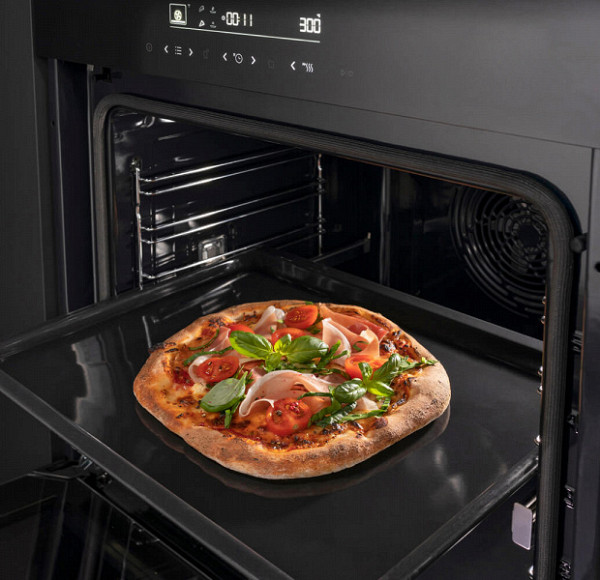
To achieve optimal results, a special device is often used — a pizza stone. It is usually made of ceramic, but despite this, it performs the same functions as the traditional baking stones used by Italian pizzaiolos in wood-fired ovens.
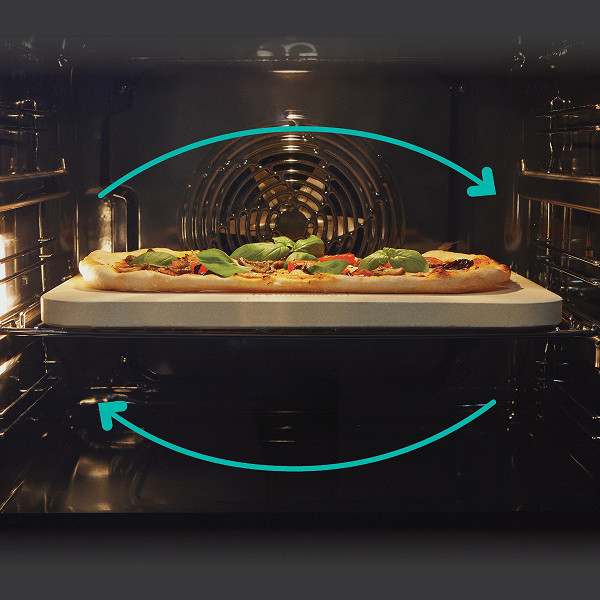
Stones are sometimes included with ovens, including mini-ovens (for example, some Caso models), but they can also be purchased separately. The main condition is that such a stone, which accumulates and releases heat, matches the size of the oven. Before use, the stone should be thoroughly heated according to the instructions to avoid the dough sticking, and then the pizza will cook faster and turn out tastier.
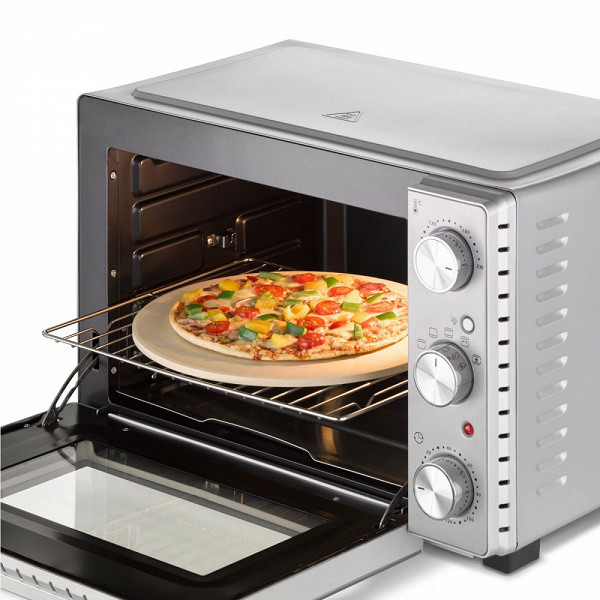
Some manufacturers focus on the steam function in ovens, positioning it as a valuable element for improving the taste and texture of baked goods. The use of steam when preparing pizza is justified, especially if we are talking about fluffy and thick dough (in the case of thin pizza, steam is not required) or if the filling may dry out before the dough is completely cooked (which is true, for example, for seafood and semi-hard cheese) .
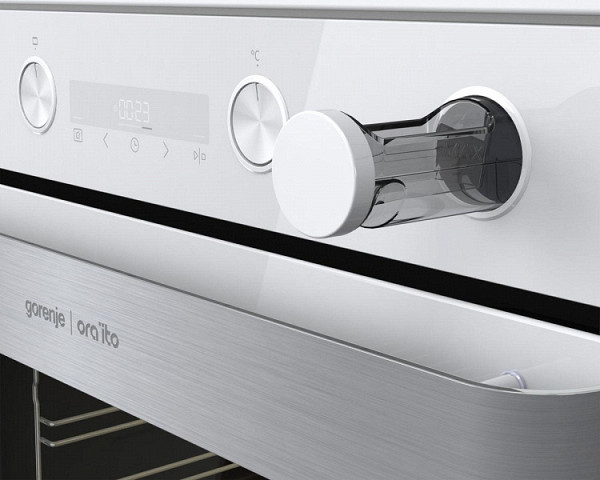
There are mini oven models available on the market that are specifically designed for cooking pizza, although they are also suitable for baking other foods such as pies. One outstanding example is the ultra-compact Bork W710 mini oven, which provides a maximum temperature of up to 400 degrees. The manufacturer claims that to create the perfect pizza with fluffy dough, crispy crust and evenly melted cheese, not only high temperature is required, but also optimal distribution of hot air. The cost of this mini-oven is 81 thousand rubles at the time of preparation of the review.
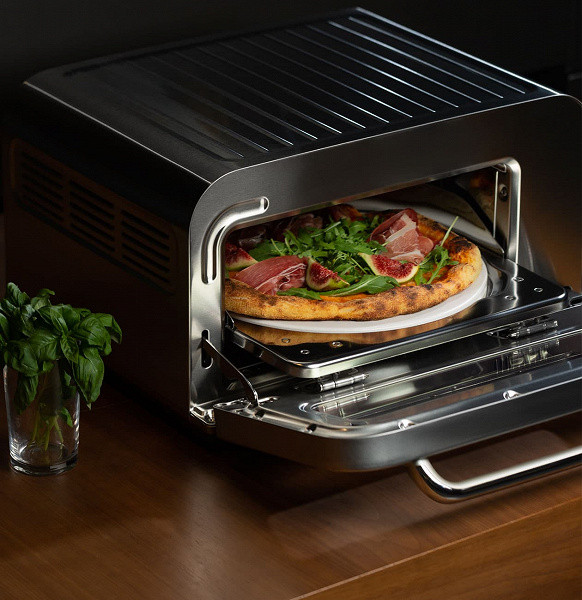
And here’s another important point for future buyers: our assortment includes mini-ovens from brands such as Kraft, Artel, Luxell, Il Monte, and many of them promise an upper temperature limit of 300 degrees and above. However, our test results sometimes show that manufacturers' optimistic maximum temperature claims may be significantly inflated. For example, in the case of the Centek CT-1530-36 mini-oven, the stated maximum temperature is 320 degrees, but our tests showed that the actual maximum temperature does not exceed 240 degrees, which is quite typical for this category of devices. While the Kraft KF-MO 3200 R mini-oven confirmed the declared 300 degrees (the manufacturer promises 320 degrees, but even a value close to this is ideal for cooking pizza).
However, mini-ovens with a more common maximum temperature of 240 degrees are also suitable: they have upper and lower heating, often convection and grill, and with a small volume of the oven chamber, most conditions for baking pizza are met.
Microwave ovens: functions and auto modes
Just like in a mini-oven, pizza can be cooked in convection microwaves, which can effectively replace an oven. In the case of microwave ovens with a grill, the result may depend on the specific model, its capacity, grill operating time and the characteristics of pizza preparation (dough thickness, type of filling). However, for pizza lovers choosing a microwave, it is recommended to pay attention to models with convection.
Some microwave ovens are equipped with automatic programs for cooking pizza, and it is important to consider the weight of the dish intended for them and the possibility of its correction. There are cases when microwave auto programs are designed only for pizza weighing 150 g, but there are also better options. For example, the Candy MICG25GDFN built-in microwave oven has two settings for 300g and 400g pizzas. Even a 400g frozen pizza can be cooked in just two minutes, highlighting how microwaves are very fast options for cooking pizza.

However, when the program is designed for a 150g pizza and you want to cook a standard 350-450g pizza, you may need to run the auto mode several times. For example, when testing the Hyundai HYM-D2073, we needed to turn it on five times to cook pizza.
In our opinion, it is most optimal if a convection microwave offers automatic pizza cooking modes for different weights, for example, 200 and 400 grams, as, for example, in the Redmond RM-2303D model, which was also tested in our laboratory.
Charcoal and gas grills
Electric tabletop grills can also be used to cook pizza, but the best results are achieved when using charcoal or gas grills. Although these grills are usually purchased primarily for grilling meat, fish and vegetables, it is important to know that they can also be used for baking pizza. This is especially convenient when there are children (or adult lovers) who are always happy with delicious pizza, as well as in camping conditions, where you can use ready-made dough.
To prepare pizza on the grill, special stones are often supplied on which the dough and filling are placed. In our testing of various grills, we've found that there are a few things to keep in mind when baking pizza in them.
For example, when testing the O-Grill 900MT portable gas grill, we prepared pizza from ready-made yeast dough and found that the grill heats up slowly with the stone, and the stone itself heats up much more intensely than the surrounding air. This means that the dough bakes quickly on the stone, and the best results are obtained with thin pizza: thick dough can burn on the bottom while the cheese melts on top.


In a charcoal grill, pizza acquires an unsurpassed taste and is as close as possible to authentic Italian oven-cooked pizza, which cannot be compared with the offerings of chain pizzerias. Thanks to the grill's fast preheating time and even heat distribution, the Kamado Joe Classic III was tested with a whopping 8 pizzas that only took about 4 minutes each to cook — fantastic results.
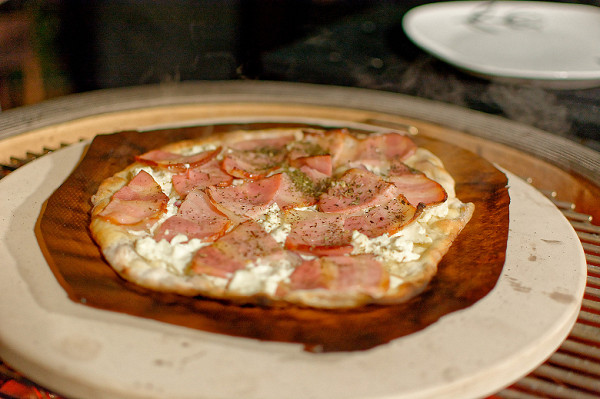
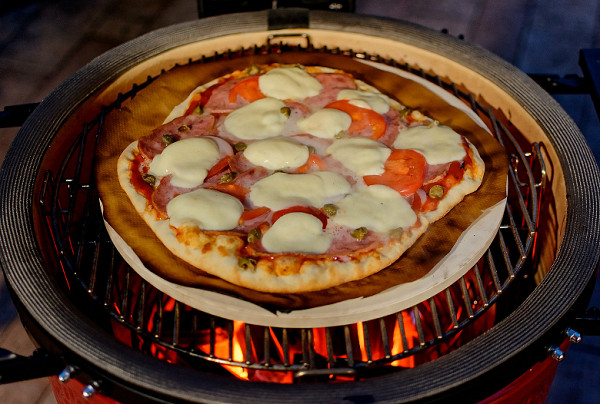
Electric frying pans and pizza makers
Imagine there is a device that seems designed specifically for making pizza. We've tested several of these models in our lab, and the differences are significant. The Princess 115003 electric grill pan, equipped with a ceramic stone and capable of heating up to 350-400 degrees, truly recreated the atmosphere of a real oven, quickly cooked pizza in 4-5 minutes thanks to the high temperature, efficient and uniform heating due to the upper heating element and steam outlets. This model can no longer be purchased in the Russian Federation, but its parameters can be taken as the standard for a good pizza maker. An approximate analogue of the G3 Ferrari Delizia G10006, made in Italy, costs more than 18 thousand rubles. Another pizza maker we tested, the Kitfort KT-1681, is an affordable home device that does a good job of preparing pizza for less demanding gourmets: its maximum temperature is 245 degrees. Although the pizza is cooked and eaten with pleasure, it does not reach the level of a truly perfect pizza cooked in this device.
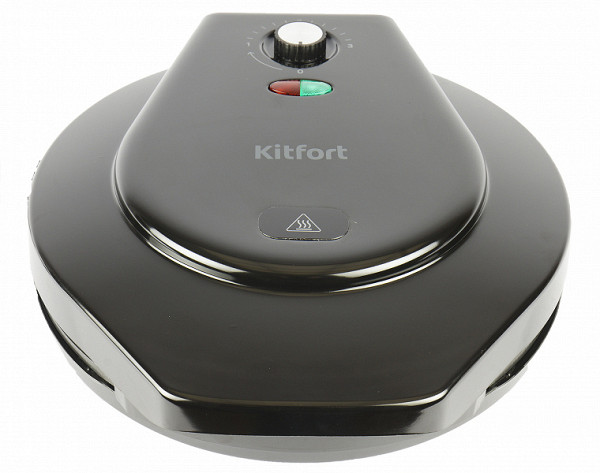
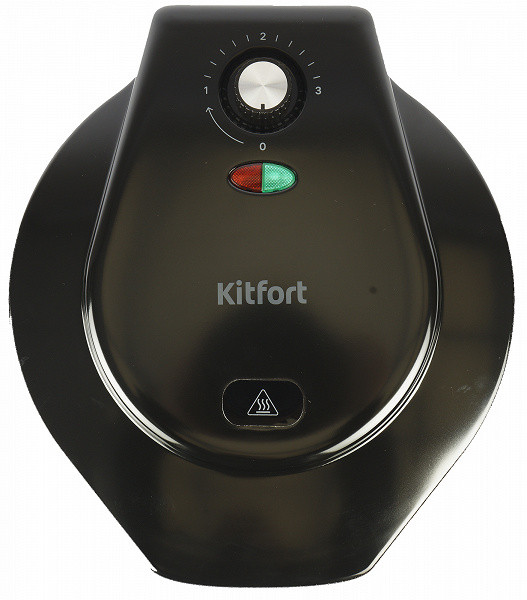
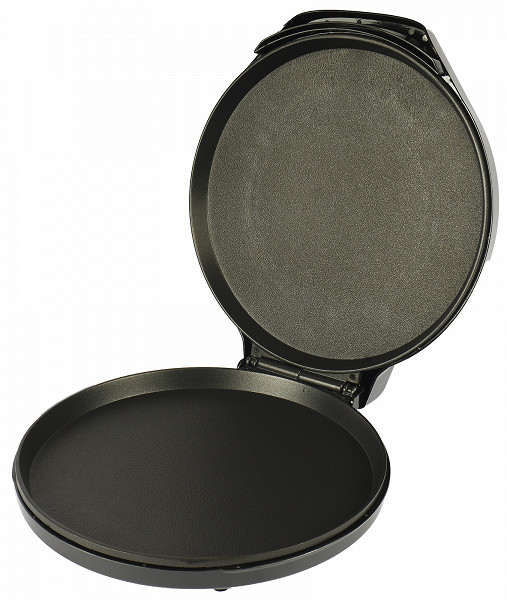

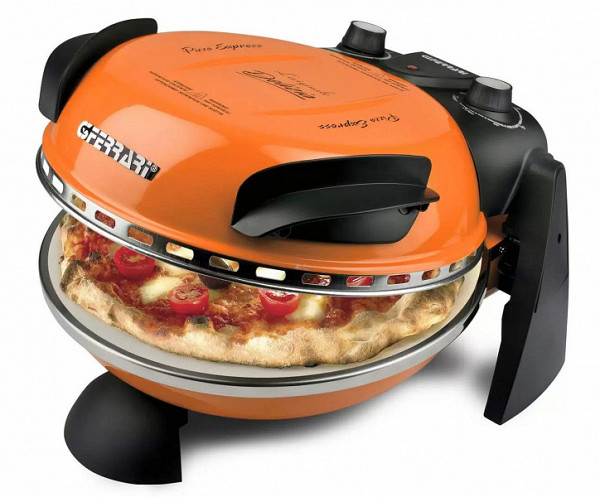
And what else?
Based on the results of our tests, it is actually possible to cook pizza in a slow cooker, albeit of a rather small diameter. However, for this, the multicooker must have a fairly high power, at least 800-900 W, otherwise the dough will be cooked and not baked. Pizza can also be successfully prepared in a combi oven, which, although considered professional equipment, has versions for home use.
No kitchen appliance is purchased solely for the purpose of making pizza, but it is important to know the capabilities of your kitchen appliances. Choosing a model that can perfectly cook one of the most popular and versatile dishes — pizza — is a smart decision. Both adults and children love pizza. It will be an excellent decoration for any feast, will save you in case of unexpected guests and will lift your spirits. Plus, pizza making is great at using up ingredients that might otherwise go unused. With good kitchen appliances, every meal will be a real pleasure!

